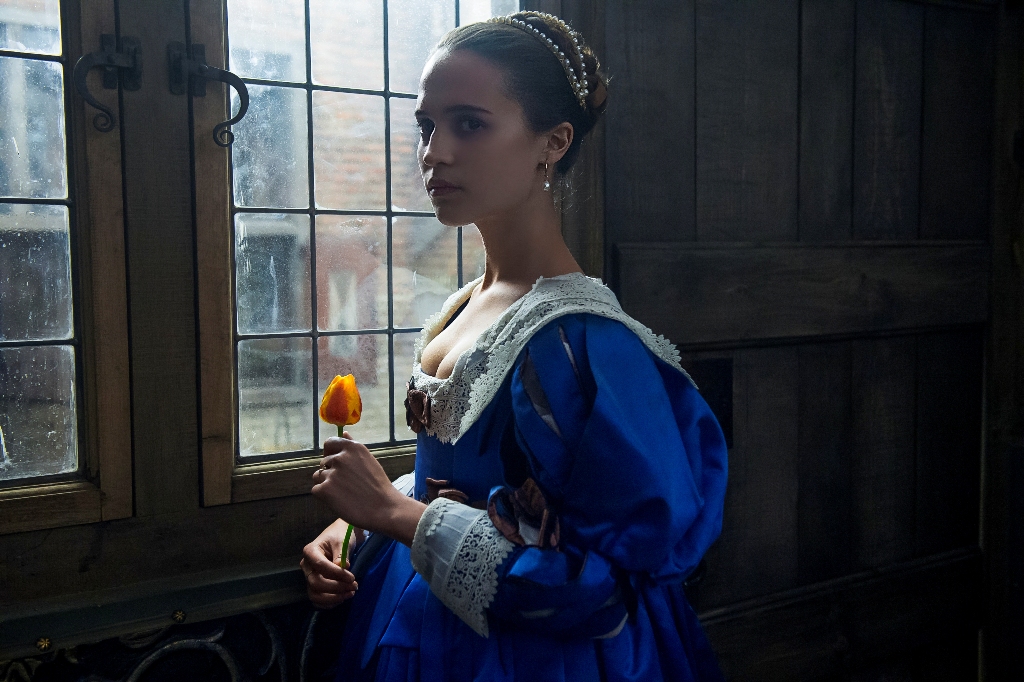
With a romance at its center, the title of the oft-delayed film Tulip Fever (and the novel on which the Alicia Vikander and Dane DeHaan movie is based) plays on the passionate sense of a “fever.” But the real historical context in which the story is set had to do with a fever less about love and more about money.
The fever in question, known as the Tulip Mania (sometimes styled as one word), struck in 17th century Holland, when the nation’s now-famous blooms caused a major financial boom and bust. As TIME once explained in a story about a different boom market, the flower itself was almost incidental to the story:
The tulip was then a comparatively new import from the Near East, and mutant specimens, with irregular stripes, were prized as rarities — so prized that men would mortgage their villas and their fields. The tulips had little intrinsic value. Their worth as commodities was a function of pure, irrational desire, and their economic fate proved that nothing is more manipulable than desire. When the mania fell away, the flowers were as pretty as they had been before. It was just that now few people wanted them very much, whereas before they had been invested with a kind of fetishistic and obsessive “rarity.”
It was, according to Mehmet Odekon’s financial encyclopedia Booms and Busts, the first significant bubble in European financial history. It burst in 1637 when tulip speculators could no longer find investors; without that flow of money, the bulbs themselves “plummeted” in value. In the centuries since, though many experts believe it did not really damage the Dutch economy long-term, it has remained an important touchstone and reference point for what can happen when financial speculation goes haywire.
The level of speculation, in fact, would even have affected the painterly plot of Tulip Fever.
“At the height of the Dutch tulip mania,” Robert Hughes noted in a 2001 review of work by the Dutch artist Vermeer, “such rare blooms would never have been cut for a painter; he would have had to draw them in the garden.”
More Must-Reads From TIME
- The 100 Most Influential People of 2024
- The Revolution of Yulia Navalnaya
- 6 Compliments That Land Every Time
- Stop Looking for Your Forever Home
- If You're Dating Right Now , You're Brave: Column
- The AI That Could Heal a Divided Internet
- Fallout Is a Brilliant Model for the Future of Video Game Adaptations
- Want Weekly Recs on What to Watch, Read, and More? Sign Up for Worth Your Time
Write to Lily Rothman at lily.rothman@time.com